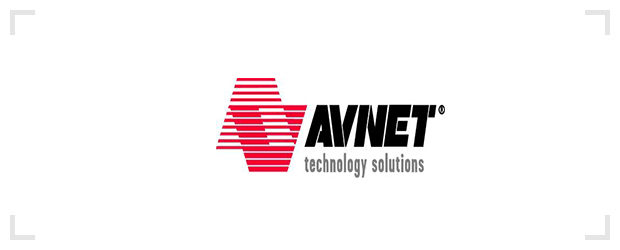SAN ANTONIO, Tex.– Perhaps value-added distributor Avnet Technology Solutions really needed the raucous percussions and lively break-dancing moves of the B-boys from the performance band Rhythm Extreme to drive its message to partners during Avnet’s IBM Compass 2013 conference this week.
After the popping and locking troupe woke up conference attendees with their garbage can drumming, Fred Cuen, senior vice-president of Avnet, delivered the bad news everyone has known for years — hardware sales are not growing as fast as before — and the good news — opportunities abound in software and services.
“Our value proposition was based on the realities of 1992 … but the marketplace is changing and the opportunities are different,” Cuen said during his keynote. “The question is – are we doing what we need to be doing?”
Back in 2001, hardware comprised no less than 81 per cent of Avnet’s IBM business in the Americas, while services made up 12 per cent and software trailed at seven per cent. By 2011, Cuen said this shifted to hardware representing 54 per cent, while services had grown to 23 per cent and software had hit 23 per cent.
Two years from now, Avnet foresees this evolution continuing, with hardware accounting for 47 per cent of its IBM business in the Americas as service and software grow respectively to 27 per cent and 26 per cent.
Economic pressures, technologies such as virtualization, social media, mobility and cloud computing are largely responsible for the change, he said.
“The anything-as-a-service model is transforming the playing field,” Cuen said. “You might find customers that don’t even want to buy hardware, or IT might say they don’t need a data centre.”
Phil Gallagher, global president of Avnet, said while the company’s sales were up two per cent to $2.6 billion for the fourth quarter of 2013, the company experienced challenges making money out of its x86 server contacts.
“In total, servers were down a bit, but storage software and services revenues made up for the downturn,” he said. “So what we’re telling partners is to focus on offering customers higher value services and products that enable customers to get the most value out of new technologies.”
Avnet’s new push, he said, is around converged infrastructures and offerings such as IBM’s Pure Systems. That portfilio is comprised of four solutions: Flex, PureFlex, PureApplications and PureData. The systems are applicable to small and medium-sized businesses as well as large enterprises.
Solution providers need to realign their businesses strategy towards providing solutions that help customers integrate existing systems with emerging technologies and trends, said Al Gillen, vice-president of systems software at analyst firm IDC.
“Customers today need to integrate social networking and mobility to existing applications,” he said at the conference. “There is also a great demand for services and apps around big data and Hadoop.”
Gillen said the industry is in the midst of the growth of a “third platform” based on mobility, cloud computing, social media and big data.
He traced its growth from the first platform represented by mainframe computers to the second platform represented by the emergence of personal computers in the 1980s, local area network technologies, UNIX and the X86 servers.
Gillen however said the third platform is not a new technology, but rather a phase where VARs and ISVs can leverage to help customers leverage existing platforms to integrate with “new ways of using technology.” Just as the transition from mainframes to PCs allowed partners to make money out of helping customers move from the first platform to the second platform, Gillen said the move to the third platform also offers a long lead time.
For instance, he said, partners will not need new training but rather an enhancement of existing skills and knowledge.
“The baseline will remain stable for the next 10 to 15 years,” Gillen said.




